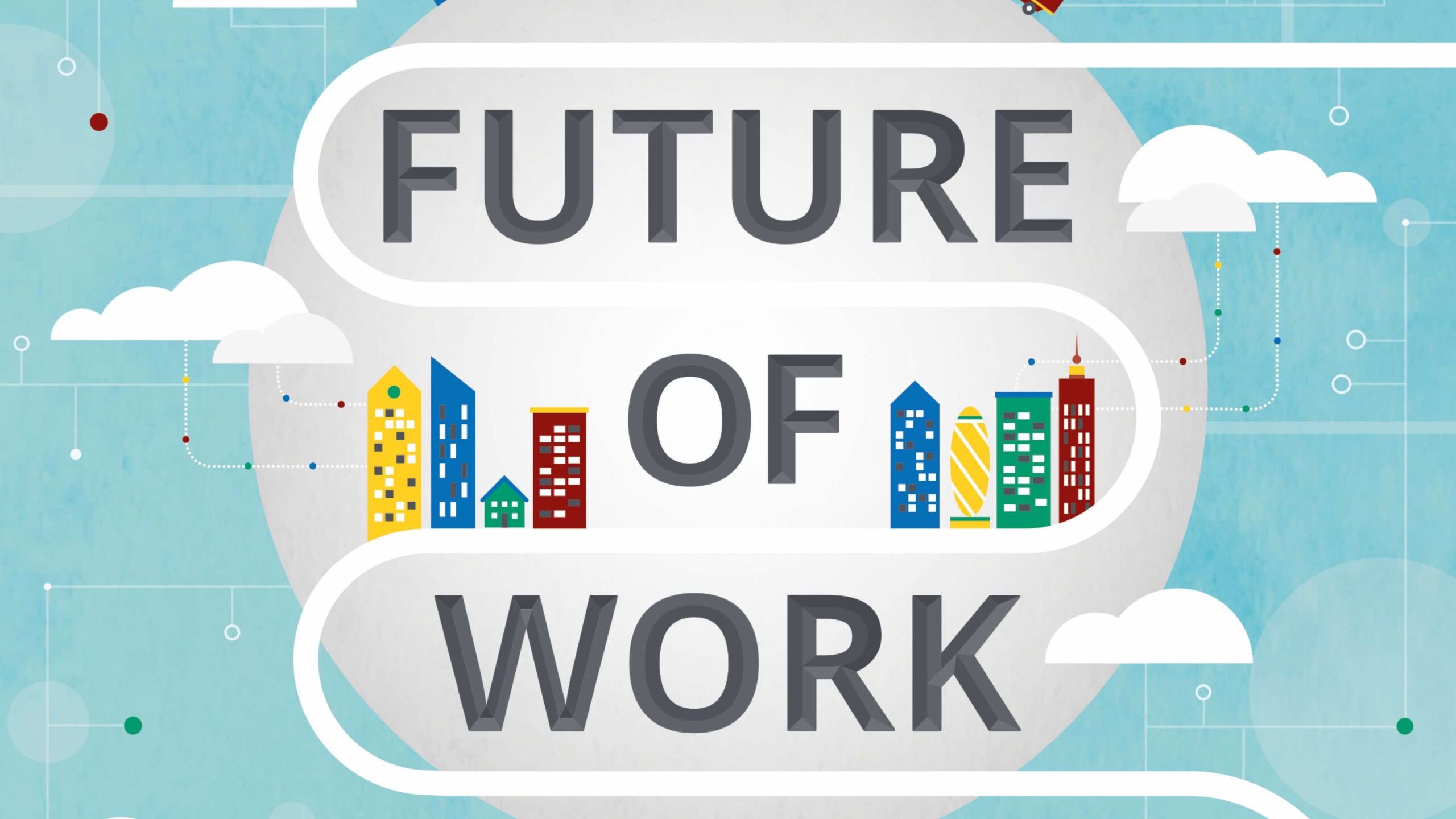The landscape of work is undergoing a profound transformation, driven by rapid advancements in technology and the changing expectations of employees and employers alike. One of the most significant shifts in recent years has been the rise of remote and hybrid workforces. This seismic change in how we work is not only altering the way we do business but also reshaping our understanding of work-life balance and productivity. In this blog post, we’ll explore how technology is playing a pivotal role in shaping the future of work, particularly in the context of remote and hybrid work arrangements.
1. Remote Work: The New Normal
Remote work, once considered a novelty, has become the new normal for many organizations. The COVID-19 pandemic accelerated this trend, forcing businesses to adapt quickly to remote work setups. While remote work was initially seen as a temporary solution, it has now evolved into a permanent fixture in the modern workplace. Technology has been the enabler of this transition, allowing employees to collaborate, communicate, and complete tasks from the comfort of their homes.
2. The Tech Tools Driving Remote Work
a. Video Conferencing and Collaboration Tools: Platforms like Zoom, Microsoft Teams, and Slack have become essential for remote teams. They facilitate virtual meetings, real-time collaboration, and seamless communication.
b. Cloud Computing: Cloud-based services enable remote employees to access files, applications, and data securely from anywhere, ensuring continuity in work processes.
c. Project Management Software: Tools like Asana and Trello help teams manage tasks and projects, ensuring everyone stays on track and productive, even when miles apart.
d. Virtual Private Networks (VPNs) and Security Solutions: Remote work necessitates robust cybersecurity measures to protect sensitive data. VPNs and advanced security software are vital in this regard.
3. Hybrid Work: Balancing Flexibility and Collaboration
Hybrid work models, which combine remote and in-office work, are gaining traction. Technology is pivotal in making this approach successful. With the right tech infrastructure, organizations can offer employees flexibility while maintaining the benefits of in-person collaboration.
4. The Impact on Productivity and Employee Well-being
Technology is helping organizations measure and enhance productivity in remote and hybrid settings. Data analytics tools provide insights into employee performance, helping managers make data-driven decisions. Moreover, technology can be used to support employee well-being by providing tools for mental health, work-life balance, and stress management.
5. Challenges and Considerations
While technology has greatly facilitated remote and hybrid work, it’s not without its challenges. Issues such as digital fatigue, security concerns, and the need for clear communication strategies must be addressed to make these work arrangements sustainable and effective.
6. Conclusion: Embracing the Future
The future of work is undoubtedly tech-driven, and remote and hybrid workforces are here to stay. As technology continues to evolve, so will the ways we work. To thrive in this new landscape, organizations must embrace these changes, invest in the right technology infrastructure, and prioritize employee well-being and engagement.
Ultimately, the successful integration of technology into the workforce will not only define how we work but also shape the future of work itself.
As we move forward, it’s essential for businesses to remain agile, adaptable, and open to innovation, harnessing technology to create a future of work that is both productive and fulfilling for employees and employers alike.

